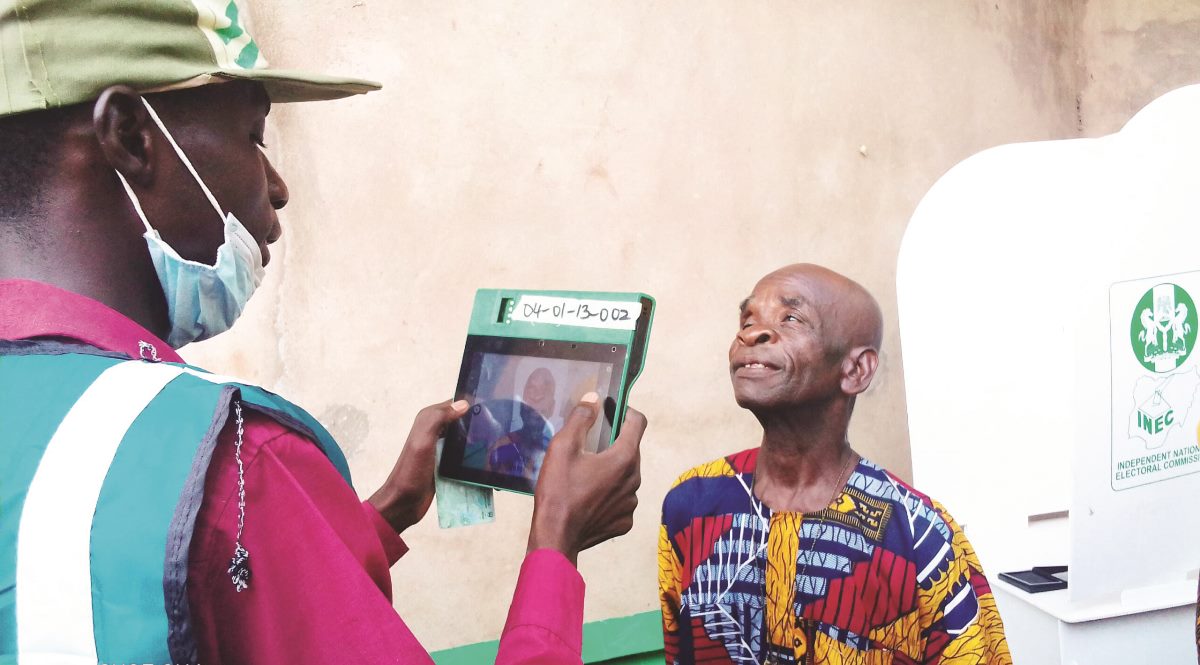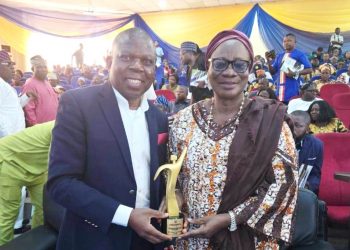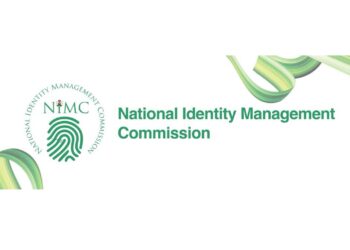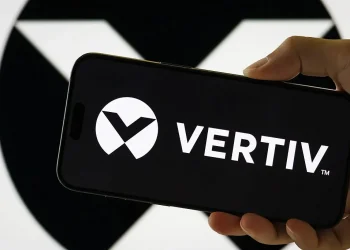Voting is a right, not a privilege. It’s the most important part of our democracy, but it can also be complicated and frustrating. That’s why we should be thinking about ways that technology can make voting easier in the election processes—for everyone!
Nigeria will be going to the polls from Saturday, February 25, 2023 and everyone is set and anticipating the elections D-day and post-event.
Interestingly, the Independent National Electoral Commission (INEC) deployed over 175,000 Bimodal Voter Accreditation System (BVAS) machines to ensure transparency and verifiability in voter authentication and result management during the 2023 elections.
This is a good move in leveraging technology for an electoral process with high hopes of a positive outcome and further emphasis that it’s not just about the touchscreen kiosks and online voter registration.
There are plenty of ways technology can help you cast your vote—and it doesn’t have to be expensive or complicated. For example:
Technology has already been used in polling stations around the world to help disabled voters navigate obstacles (like ramps) so they don’t have to climb stairs or negotiate curbs. In addition, some polling places have longer lines than others; this means long wait times for those who are having difficulty walking distances due to their disability or mobility impairment. By using an app like Polldaddy!, voters can see real-time information about their local polling place on their phone before heading there themselves so they know where exactly they’ll be standing when casting their ballot!
It can go beyond the door
Electronic poll books: These are electronic records that store information about all voters in a given election. They can be used by poll workers to verify the identity of voters and their eligibility to vote, or they can be used by candidates’ campaign staff to make sure their volunteers have been properly trained.
Electronic voter registration: This is when you fill out an online form with your personal details (name, address and date of birth), which are then stored in a database at one central location before being sent back out into the field later on during voting day so that they’re available when needed by county clerks’ offices or other election officials who may need them for various tasks like reviewing ballots cast by people who didn’t fill out proper forms on time—or even checking whether those same people actually exist!
Electronic voter identification: This allows voters who forgot their IDs at home but still want one after all due diligence has been done–because let’s face it…how many times were we all asked our ID before voting?–to get just what they need without having any trouble getting through security checkpoints at polling places around town.
It can help people with disabilities vote
It’s not just about accessibility. Technology can also help people with disabilities vote in a way that is accessible to them. For example, it would be possible for a person using a wheelchair or other mobility aid to scan their ballot electronically, rather than having to manually fill out an entire paper ballot and then turn it in at the polling place. The same goes for someone who has poor eyesight or dexterity; they could use optical scanners instead of writing on paper ballots. This will make voting easier and more secure at the same time!
It can make sure your vote counts all the way to the end of the line
At the end of the day, it’s not just about how many people cast their ballots. It’s also about making sure they count all the way up until Election Day.
The technology we have now can help ensure that this happens by automatically sending out reminders if your vote hasn’t been recorded yet (whether you’re voting early or on Election Day). It’s important because people with disabilities often get lost in the shuffle during elections—and not everyone has access to an accessible polling place or knows how to navigate it once inside one.
It can help save time and money during election season
Technology can help save time and money during election season. It can reduce costs, increase efficiency, and increase security.
Save time: With the use of technology you will be able to schedule your vote at a time that works best for you. For example, if someone lives in a rural area they may appreciate having the option of voting by mail or at their local polling place instead of having to go all the way back home after work when they get off work at night (or even before).
Reduce costs: You’ll also be able to take advantage of technology’s ability to provide better information about where we stand on issues like healthcare reform legislation—which could ultimately save taxpayers’ dollars down the road by reducing wastefulness in government spending over time!
Increase efficiency: When voters aren’t spending hours driving around town trying find somewhere open where they can cast their ballots without issue then there is less chance that voter turnout will suffer due to lackadaisical behavior among those who do show up.
By using technology to make voting seamless, we can make voting more accessible, efficient, and secure for everyone
The next time you’re at the polls, consider this: technology can make voting seamless. By using it in the right way, we can make sure that every vote counts all the way to Election Day and beyond.
Technology is not just about making our lives easier (although that’s certainly an important part of it). It also has an impact on how accessible elections are for people with disabilities or other needs who may not be able to physically access polling places on their own.
For example, some people need assistance getting into their cars or walking up stairs; others might have difficulty reading ballots due to poor eyesight or dyslexia; still others simply don’t want anyone else knowing what they’re doing when they vote—and those votes should count just as much as any other voters!
Software tools that allow election officials at each precinct level across the country—and even abroad!—to track everything from attendance numbers down through each person’s ballot choices (yes/no/write-in) before finally tabulating results after everyone has voted are essential.
Conclusion
We’ve covered a lot of ground in this post, so we hope you’re feeling inspired to think about how technology can improve your election experience. We believe that making voting easier and more accessible is not just the right thing to do for disabled people or those who need help getting around; it also makes sense for everyone else! We must ensure to make sure that every person has access to their vote on Election Day—no matter where they live or what their abilities may be.












